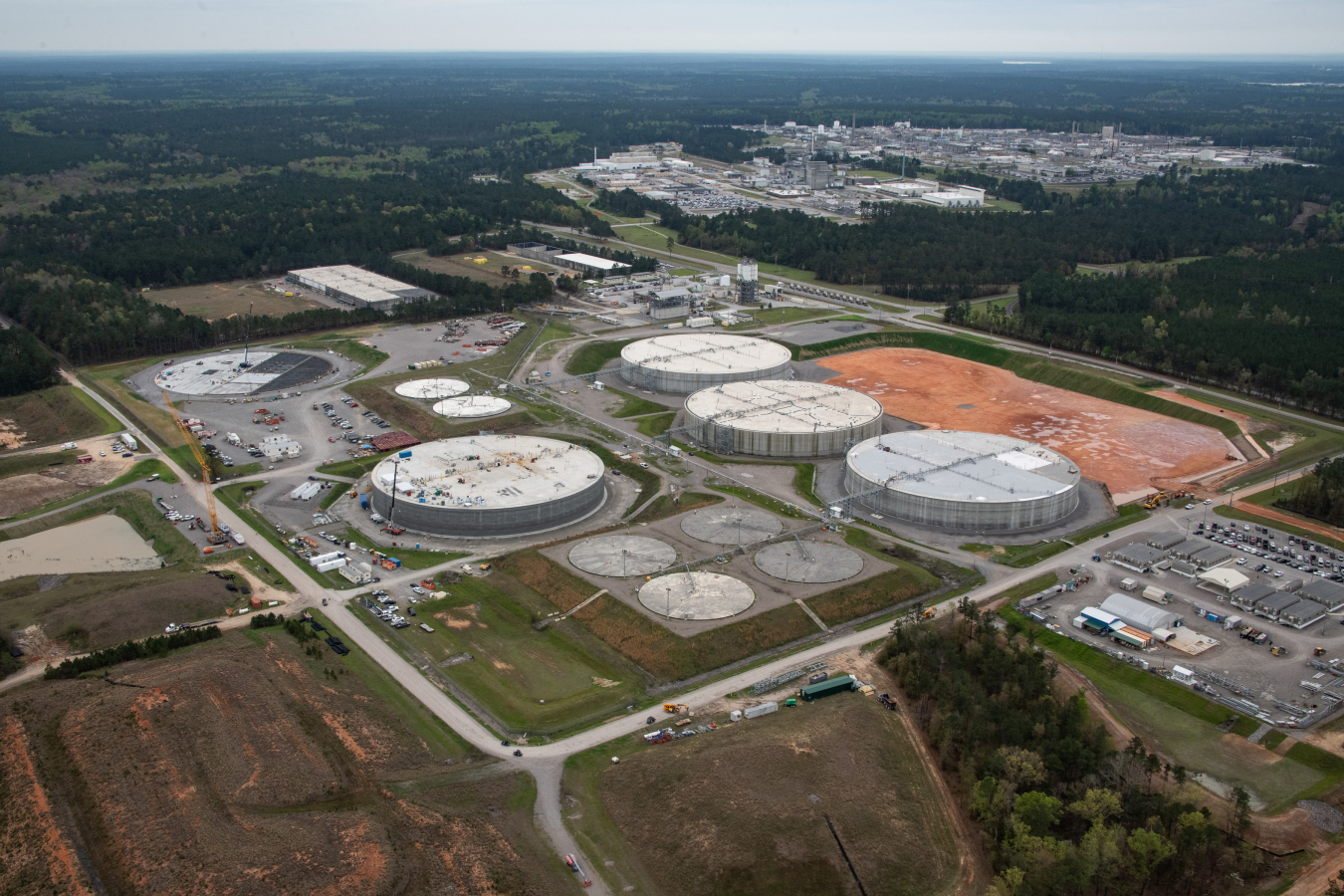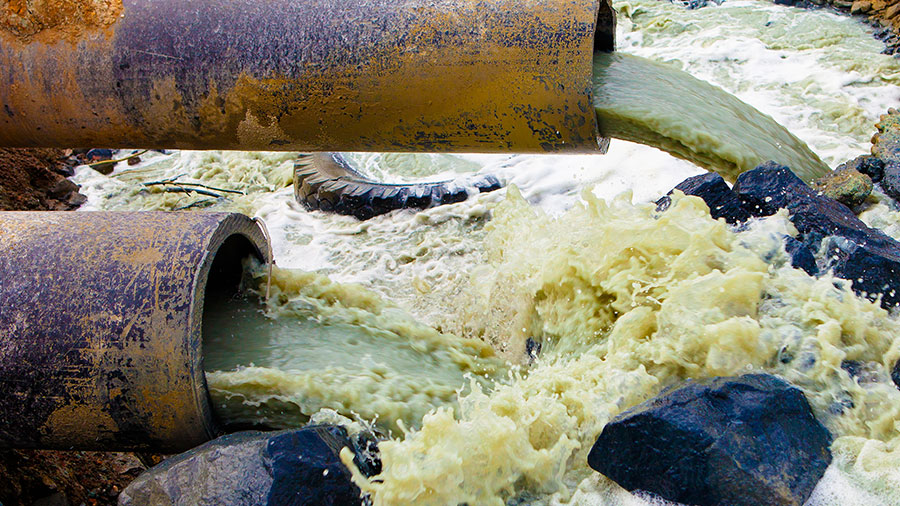Exactly How Fluid Garbage Disposal Functions: A Detailed Review of Methods and Technologies Employed

Summary of Liquid Waste Types
The intricacy of fluid waste kinds necessitates a comprehensive understanding of their attributes and implications for disposal. Fluid waste can generally be categorized into numerous types, consisting of industrial, metropolitan, agricultural, and contaminated materials. Each classification shows unique residential properties, needing specific management methods to minimize environmental and health and wellness risks.
Industrial liquid waste stems from producing processes and typically has a series of impurities, such as hefty steels, solvents, and organic substances. Local fluid waste, largely comprising wastewater from houses and industrial facilities, contains organic matter, nutrients, and virus (industrial wastewater treatment). Agricultural liquid waste, consisting of drainage from farms, may consist of plant foods, chemicals, and pet waste, posing risks to water quality and ecological communities
Unsafe fluid waste is defined by its toxicity, sensitivity, or possible to cause injury. This classification consists of materials like acids, bases, and specific chemicals that demand stringent handling and disposal methods. Understanding these varied fluid waste kinds is critical for establishing effective disposal methods and making certain compliance with environmental policies. Correct classification and characterization are important for applying suitable treatment strategies and decreasing the adverse effect on public health and the atmosphere.
Physical Treatment Techniques

Screening is the preliminary step, where bigger particles and particles are eliminated from the liquid waste making use of displays or grates. This procedure secures downstream tools from damage and makes certain smoother operation. Complying with screening, sedimentation makes use of gravitational force to different solids from fluids. In sedimentation containers, larger bits work out at the bottom, developing a sludge layer, while the made clear liquid can be more treated.
Filtering is an additional vital method that involves passing the liquid via porous materials, such as sand or membrane layers, to capture smaller bits. This step boosts the high quality of the liquid, making it suitable for subsequent treatment processes.

Chemical Therapy Strategies
Chemical treatment strategies are necessary for properly managing fluid waste, especially in addressing liquified and colloidal impurities that physical approaches might not properly eliminate. These techniques use numerous chemical representatives to counteract, precipitate, or change unsafe substances into much less dangerous forms.
One common method is coagulation and flocculation, where chemicals such as alum or ferric chloride are included in advertise the gathering of put on hold bits. This process boosts sedimentation, allowing for easier elimination of the resulting sludge. Additionally, oxidation processes, employing representatives like chlorine or ozone, are used to break down intricate natural compounds and pathogens, making the waste more secure for discharge or more therapy.
Neutralization is an additional important strategy, which changes the pH of acidic or alkaline waste you could check here streams to neutral degrees, stopping possible injury to downstream systems and the setting. In addition, progressed oxidation procedures (AOPs) you can try this out use combinations of oxidants and ultraviolet light to break down persistent toxins, achieving a greater degree of therapy effectiveness.
Organic Therapy Processes
Biological treatment processes play a critical role in the management of liquid waste by using microbes to break down natural matter and lower contaminant degrees. These procedures can be generally categorized right into anaerobic and cardio therapies, each using specific microbial communities to achieve reliable waste deterioration.
Aerobic therapy includes making use of oxygen to assist in the failure of natural products by microorganisms. This process is commonly carried out in turned on sludge systems, where oygenation tanks provide a favorable environment for microbial growth, resulting in the oxidation of natural pollutants. The resultant biomass can be divided from treated effluent through sedimentation.
In comparison, anaerobic therapy takes place in the absence of oxygen, relying upon different bacteria to break down organic issue. This approach is especially useful for high-strength waste, as it look at this site creates biogas, a renewable resource source, while decreasing sludge manufacturing. Technologies such as anaerobic digesters are frequently utilized in commercial and metropolitan applications.
Both cardio and anaerobic organic therapies not only minimize the environmental impact of liquid waste but also promote source recuperation, making them important components of sustainable waste monitoring approaches. Their flexibility, performance, and performance support their widespread implementation across various markets.
Emerging Technologies in Disposal
Innovative approaches to fluid waste disposal are rapidly progressing, driven by developments in technology and an enhancing emphasis on sustainability. Among these arising innovations, membrane layer bioreactors (MBRs) have actually obtained grip for their capacity to incorporate biological treatment with membrane layer purification, leading to high-quality effluent that can be reused in various applications. MBRs make it possible for smaller sized footprints and more reliable procedures compared to typical systems.
One more promising growth is the usage of anaerobic food digestion combined with nutrient recuperation innovations, which not only treats liquid waste but likewise creates biogas and recuperates beneficial nutrients like nitrogen and phosphorus. This dual advantage enhances resource effectiveness and decreases environmental effect.
Furthermore, progressed oxidation processes (AOPs) are being taken on for the deterioration of intricate organic pollutants. These techniques use effective oxidants and stimulants to break down pollutants at the molecular degree, using an extremely reliable solution for difficult waste streams.
Furthermore, the combination of fabricated intelligence and equipment discovering in waste management systems is maximizing operational efficiency and predictive upkeep, resulting in decreased costs and improved ecological compliance. These innovations show a significant shift towards more efficient and sustainable liquid waste disposal methods.
Conclusion
To conclude, reliable fluid garbage disposal requires an extensive understanding of various strategies and technologies. The combination of physical, chemical, and organic therapy techniques makes certain the efficient monitoring of diverse waste kinds. Moreover, the emergence of ingenious modern technologies boosts treatment effectiveness and advertises sustainability in waste management methods. By constantly advancing these techniques, it comes to be possible to deal with the growing difficulties linked with liquid waste, ultimately adding to environmental management and resource recuperation.
Liquid waste disposal is a vital facet of environmental administration, calling for a comprehensive understanding of numerous techniques and technologies customized to various waste types. Liquid waste can broadly be classified into numerous kinds, consisting of industrial, local, agricultural, and hazardous waste. Agricultural liquid waste, including overflow from farms, might have fertilizers, pesticides, and pet waste, posing threats to water high quality and communities.
Various physical therapy approaches play an important role in taking care of fluid waste effectively - industrial wastewater treatment.In conclusion, effective liquid waste disposal requires an extensive understanding of various methods and technologies